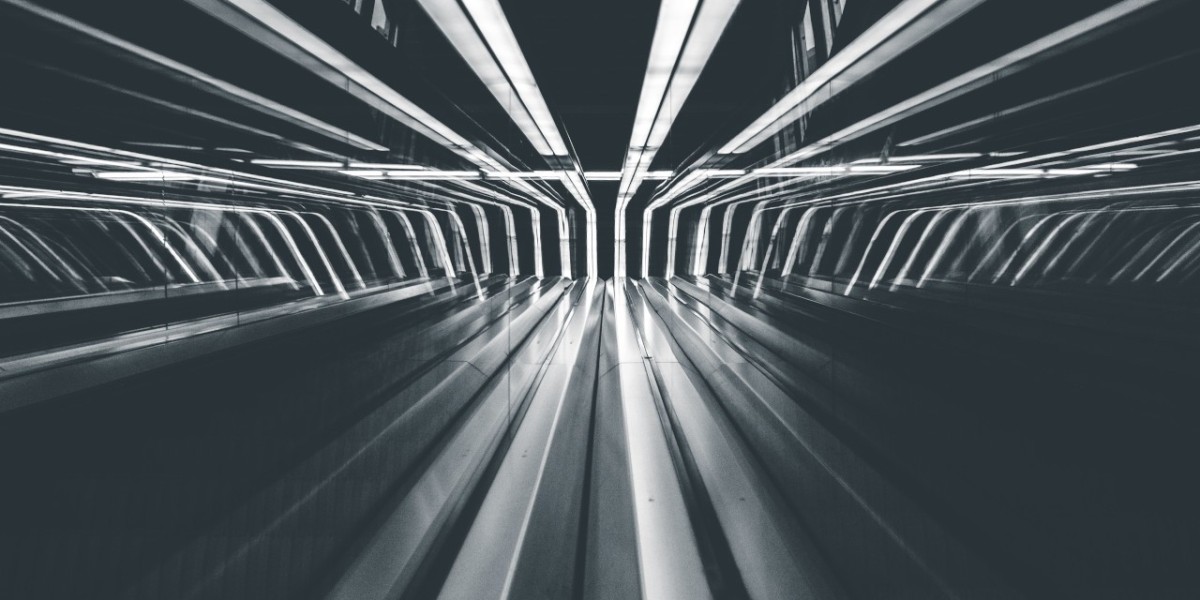The global DDoS Protection and Mitigation Solution Market Size reached a value of approximately USD 4.02 billion in 2023. This market is expected to grow at a compound annual growth rate (CAGR) of 13.90% from 2024 to 2032, reaching an estimated value of around USD 12.98 billion by 2032. This article explores the key benefits, industry developments, driving factors, COVID-19 impact, restraining factors, market segmentation, market outlook, trends, industry segmentation, regional analysis, top impacting factors, target audience, major key players, opportunities, challenges, and scope of the market.
Key Benefits
Enhanced Security
DDoS protection and mitigation solutions provide robust security against distributed denial of service (DDoS) attacks, ensuring the availability and reliability of network services. This is crucial for businesses to maintain uninterrupted operations and protect their reputation.
Business Continuity
By preventing service disruptions, these solutions help businesses maintain continuous operations, thereby avoiding revenue losses and ensuring customer satisfaction.
Compliance
Many industries are subject to regulatory requirements that mandate the implementation of security measures, including DDoS protection. These solutions help organizations comply with such regulations, avoiding penalties and legal issues.
Improved Network Performance
DDoS protection solutions optimize network performance by mitigating malicious traffic and allowing legitimate traffic to pass through. This leads to improved user experience and operational efficiency.
Cost Savings
Proactive DDoS protection can save businesses significant costs associated with downtime, lost productivity, and potential ransom payments demanded by attackers.
Key Industry Developments
Technological Advancements
The industry has witnessed significant technological advancements, including the development of advanced machine learning algorithms and artificial intelligence (AI) to detect and mitigate sophisticated DDoS attacks in real-time.
Strategic Partnerships and Acquisitions
Major players in the market are engaging in strategic partnerships and acquisitions to expand their product portfolios and enhance their market presence. For instance, the acquisition of cybersecurity firms specializing in DDoS protection has been a notable trend.
Cloud-Based Solutions
The shift towards cloud-based DDoS protection solutions has gained momentum due to their scalability, flexibility, and cost-effectiveness. These solutions are particularly attractive to small and medium-sized enterprises (SMEs) with limited IT resources.
Regulatory Compliance
Increasing regulatory requirements and standards related to cybersecurity have driven the adoption of DDoS protection solutions across various industries, including finance, healthcare, and government.
Driving Factors
Increasing Frequency and Sophistication of DDoS Attacks
The rising frequency and sophistication of DDoS attacks are major driving factors. Attackers are constantly evolving their techniques, making it imperative for organizations to adopt advanced protection solutions.
Growing Adoption of IoT and Cloud Services
The proliferation of Internet of Things (IoT) devices and the widespread adoption of cloud services have expanded the attack surface, necessitating robust DDoS protection measures.
Regulatory Requirements
Stringent regulatory requirements and data protection laws, such as the General Data Protection Regulation (GDPR) in Europe, are compelling organizations to implement comprehensive cybersecurity measures, including DDoS protection.
Increasing Awareness
Growing awareness about the potential financial and reputational damage caused by DDoS attacks is driving organizations to invest in proactive protection solutions.
COVID-19 Impact
The COVID-19 pandemic has had a profound impact on the DDoS protection and mitigation solution market. The rapid shift to remote work and increased reliance on digital services during the pandemic led to a surge in cyberattacks, including DDoS attacks. This heightened awareness of cybersecurity risks and accelerated the adoption of DDoS protection solutions.
Restraining Factors
High Costs
The high initial costs associated with implementing DDoS protection solutions can be a barrier for small and medium-sized enterprises (SMEs).
Complexity of Integration
Integrating DDoS protection solutions with existing IT infrastructure can be complex and time-consuming, deterring some organizations from adoption.
False Positives
The potential for false positives, where legitimate traffic is mistakenly identified as malicious, can disrupt normal operations and affect user experience.
Market Segmentation
By Component
- Hardware
- Software
- Services
By Deployment Mode
- On-Premises
- Cloud-Based
- Hybrid
By Organization Size
- Small and Medium-Sized Enterprises (SMEs)
- Large Enterprises
By Industry Vertical
- Banking, Financial Services, and Insurance (BFSI)
- IT and Telecommunications
- Healthcare
- Government and Defense
- Retail
- Others
Top Impacting Factors
Technological Advancements
Continuous innovation in DDoS protection technologies is a major impacting factor, enhancing the effectiveness of solutions.
Cyber Threat Landscape
The evolving cyber threat landscape, with increasing frequency and sophistication of DDoS attacks, is driving the demand for robust protection solutions.
Regulatory Requirements
Stringent regulatory requirements and data protection laws are compelling organizations to adopt comprehensive DDoS protection measures.
Major Key Players
The major key players in the DDoS protection and mitigation solution market include:
- Akamai Technologies
- Imperva, Inc.
- NETSCOUT Systems, Inc.
- Corero
- Link11 GmbH
- Huawei Technologies Co., Ltd.
Opportunities
Growing Adoption of IoT
The increasing adoption of IoT devices presents significant opportunities for DDoS protection solution providers, as the expanded attack surface requires robust security measures.
Expansion in Emerging Markets
Emerging markets, particularly in the Asia-Pacific region, offer substantial growth opportunities due to increasing digitization and rising cyber threats.
Integration of Advanced Technologies
The integration of advanced technologies such as AI and machine learning in DDoS protection solutions presents opportunities for vendors to offer more effective and efficient solutions.
Challenges
High Implementation Costs
The high initial costs associated with DDoS protection solutions can be a barrier, particularly for SMEs with limited budgets.
Complexity of Integration
Integrating DDoS protection solutions with existing IT infrastructure can be complex and time-consuming, posing a challenge for organizations.
False Positives
The potential for false positives, where legitimate traffic is mistakenly identified as malicious, can disrupt normal operations and affect user experience.








